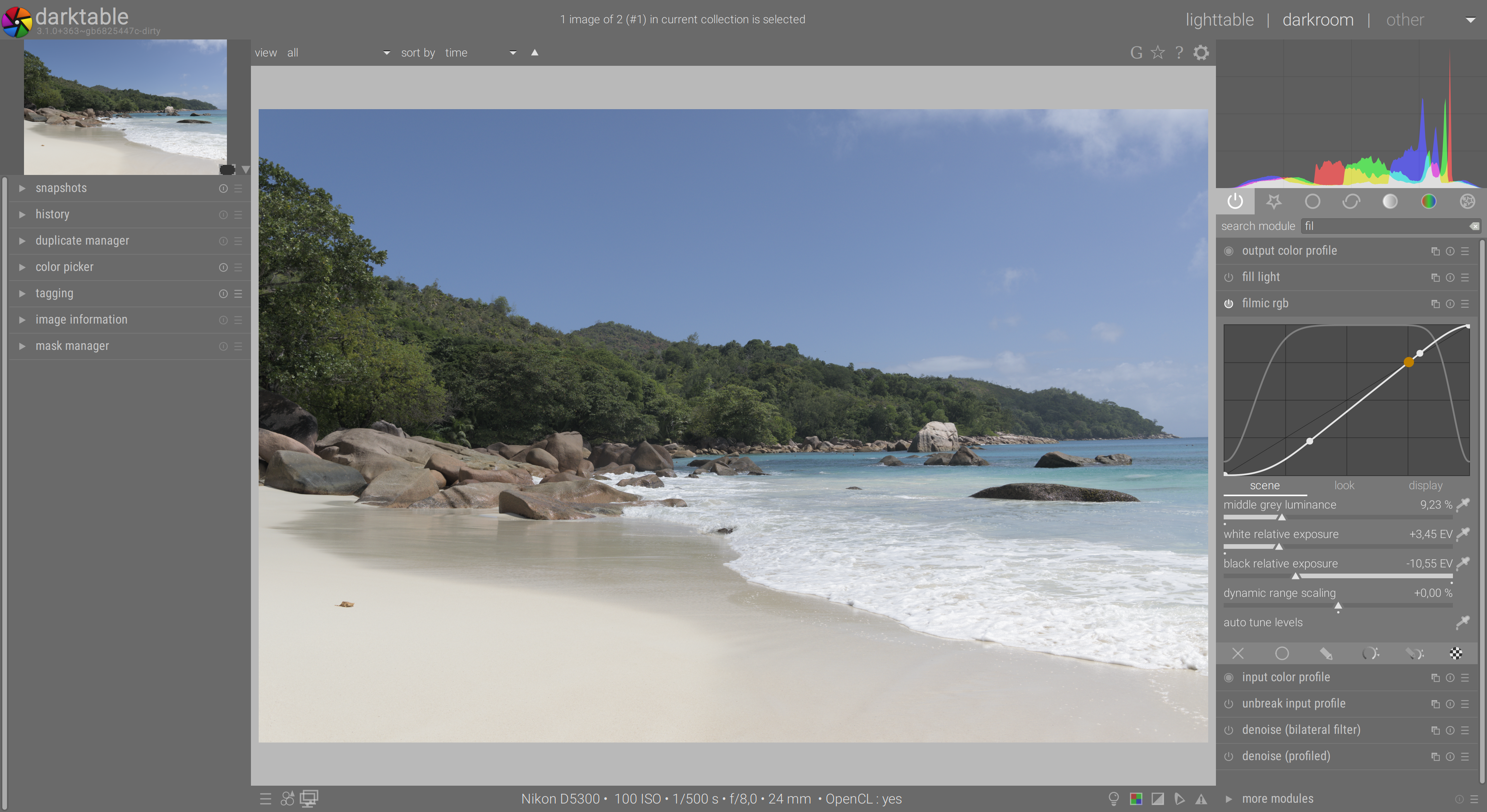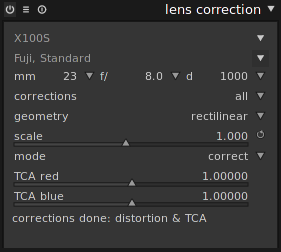


So, rather than the effect applying to the center of the effect moving outward as it does by default, you can have the effect start slightly to the left or right (for the Shift X slider) or slightly above or below the center of the image (for the Shift Y slider). The Shift X and Shift Y sliders allow you to offset the Lens Correction effect on the X or Y axis of your image. I’ll set my Edge and Zoom sliders back to zero and will now move on to the next sliders. This shape is indicative of images that contain pincushion distortion. In this case, you can see that the edges of the image (red arrow in the above photo) spread way further out than the sides of the image (green arrow). I’ll keep the image zoomed out in order to also demonstrate how the frame of the image looks when it has the “pincushion distortion” added to it – or in other words I’ll set the “Edge” slider to a negative value. set the Main or Edge slider to a positive value) because this can sometimes cause the photo’s adjusted boundary to shrink, revealing a solid color background around the edges. This feature comes in handy when you’ve added a negative distortion to your photo (i.e. This feature allows you to adjust the framing of your photo by zooming towards or away from the center of the image. It is fairly common, however, that the far edges may required a slightly negative adjustment – especially when using lenses on the shorter end of the wide-angle lens spectrum (i.e. In this case, because I cropped the far-outer edges of this photo out during the photo adjustment process I conducted prior to the start of this tutorial, the image doesn’t need any adjustments to the Edge (in my opinion).

Conversely, setting a negative value on the Edge slider (red arrow in the above photo) will cause the outer edge of your photo to bend outward away from the center of the image and towards the viewer.


 0 kommentar(er)
0 kommentar(er)
